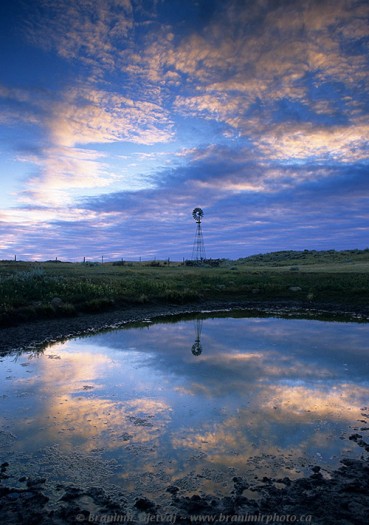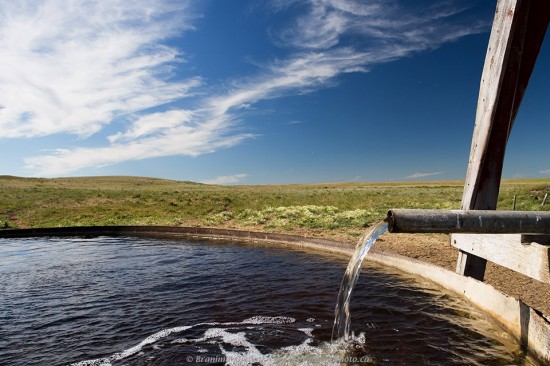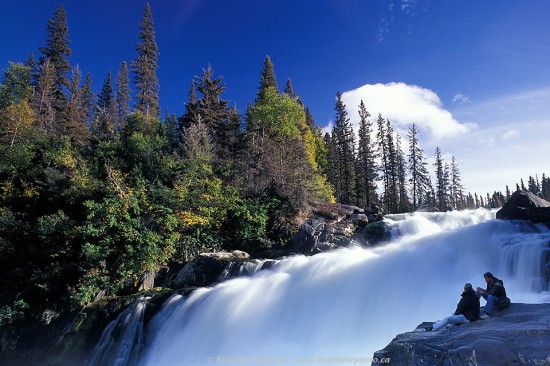World Water Day is observed on March 22 every year, to draw the international attention on the relationship between humanity and the water resource. In 1993 the United Nations General Assembly declared this date as the World Day for Water. The UN and its member nations devote this occasion to implement UN recommendations on water sustainability and promotion of concrete actions for responsible use and management. For almost 10 years, the United Nations agency UN-Water has been responsible for selecting the theme of annual events, education messages and the lead UN agency responsible for the World Day for Water events. This year the selected theme for the World Water Day is ” Water and Food Security“; the activities are coordinated by the Food and Agriculture Organization (FAO) of the United Nations.
There are 7 billion people on the planet today, and the world population is expected to increase to 9 billion by 2050. Each person needs to drink 2 to 4 litres of water every day. However, it takes between 2,000 to 5,000 litres of water to produce food for each of us a day. People who have better access to water tend to receive better quality food and more of it. On the other spectrum, over a billion people in the world suffer from chronic hunger and lack of access to safe drinking water. To be able to feed everybody, we need to secure a clean pool of water in sufficient quantity and quality. We need to follow a healthier and sustainable diet, reduce food waste and losses (30% of food produced world-wide never reaches the table), and produce more food using less water.
The water resource is often taken for granted. We Canadians are particularly guilty of that – we believe and act like there is an infinite source of clean water out there for us to use. We drink it, irrigate fields with it, wash in it, transport goods on it, generate power with it, and use a large amount of it to extract other resources. Do you know how much water you actually consume each day? Do you have an idea what you could do to change your diet and reduce your water footprint? Check out the UN-Water web site for a neat compilation of trivia bits about water, food, and food security.
Here is a small selection of images from my photo archives, put together to commemorate the contribution of this precious resource to our well being.
Many ranchers in semi-dry grasslands of central North America build water retention dugouts to provide sufficient drinking water for their cattle herds. Quite often you can see windmill – operated pumps that draw the water from underground natural reservoirs. Power to operate the pumps is provided by the never ending winds, persistently blowing across the open prairie.
Water supplied for domestic cattle also benefits local wildlife; animals can have access to drinking water in areas where this would otherwise be difficult.
Rivers and lakes have been used to transport goods and people over millenia. The oldest recovered canoe was constructed over 10,000 years ago. Today, water craft like this canoe photographed on Churchill River in northern Saskatchewan are often used for recreation and enjoyment of natural environments.
Ten metre high Nistowiak Falls on the Rapid River, as it flows into the Churchill River below Stanley Mission, northern Saskatchewan. The waterfall is one of the highest in the province. Nearby Aboriginal pictographs painted on a granite outcropping, bear witness to spiritual connection and a long tradition of settlement and travel in the area.
Mountain streams provide a source of energy used for food processing (such as grist mills pictured above) or industrial applications like running sawmills for cutting wood. In the Khumbu region of Nepal, many small water-powered electricity generating stations provide a reliable source of electricity for local villagers. Quite often, mountain villages connected to the grid fed by these mini power stations have a more stable source of electricity compared to the capital of Kathmandu.
Water is not only important for survival, food production, or transportation. It also provides a source of enjoyment and recreation opportunities.








Branimir,
Once again, you have demonstrated how a great narrative, accompanying great images, increases the value of both. The factual material is great as it provides facts I was not aware of, without overloading me and sending me away from the web page.
The excellent choice of images, really drives home the message about the value of water. This is especially poignant here in the Praires, where the South Saskatchewan River is literally our life blood.
Hope this page gets lots of exposure for you.
Reg, thank you for the thoughtful comment, and for sharing your perception about the content and how it was presented. Your feedback is very valuable.
Branimir